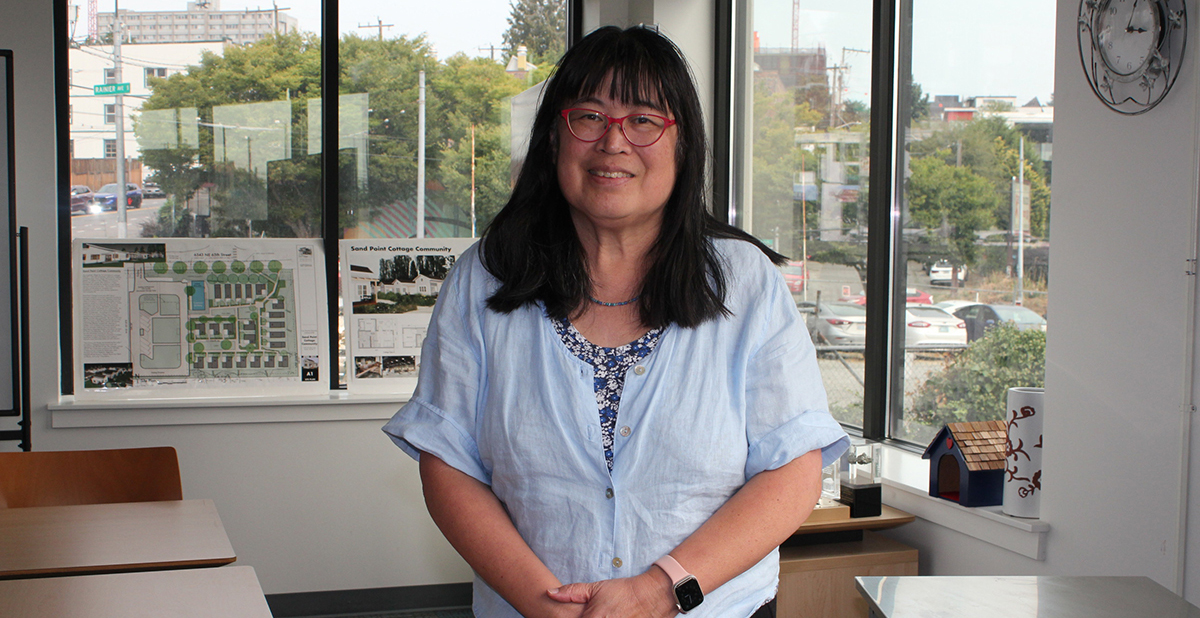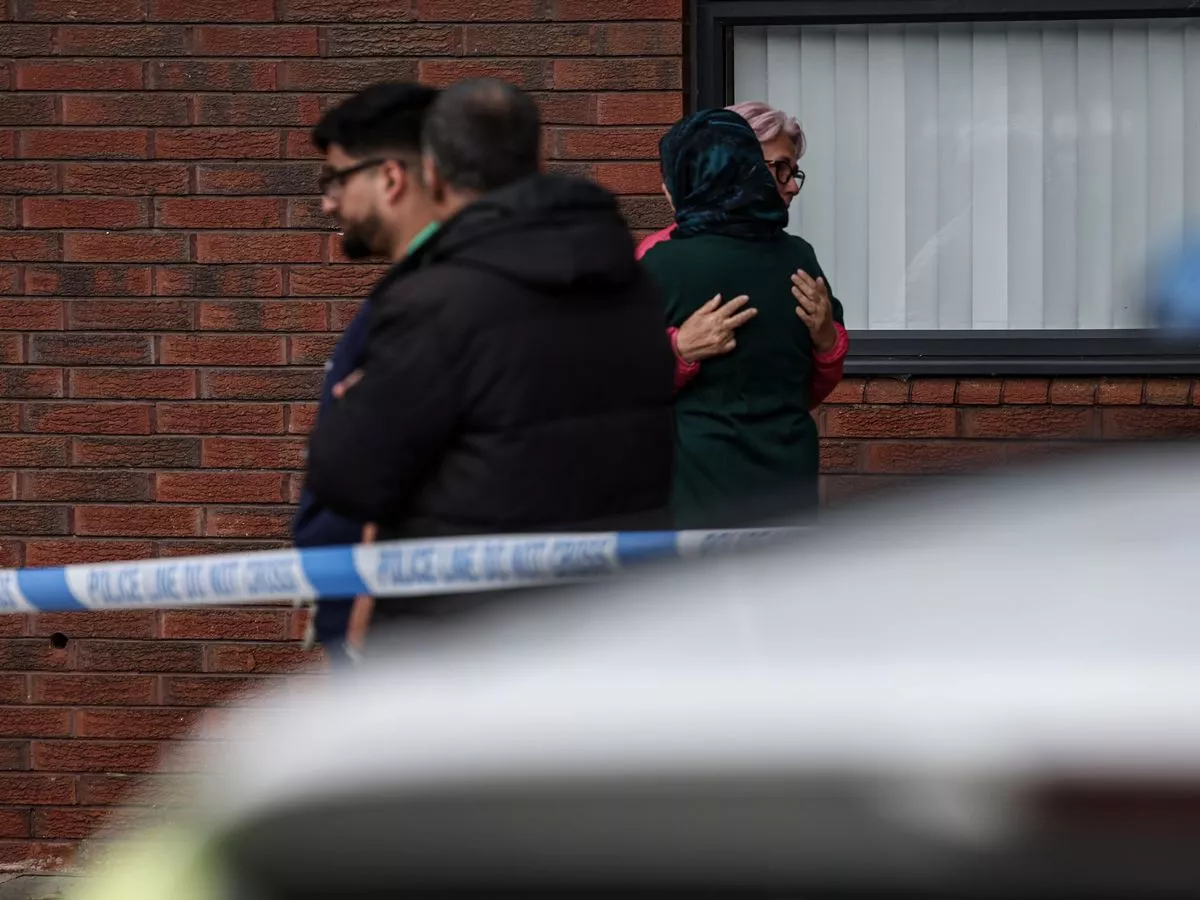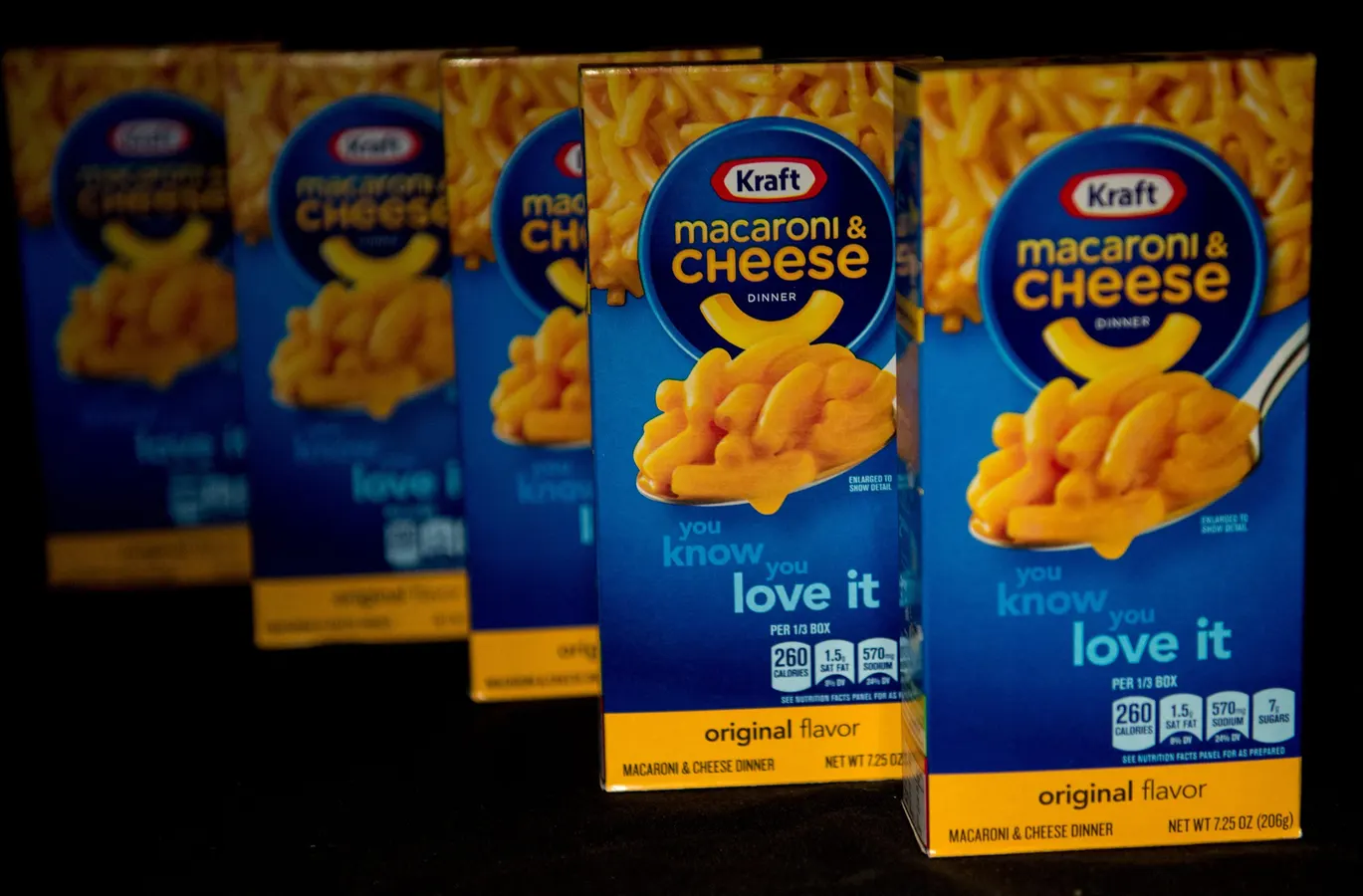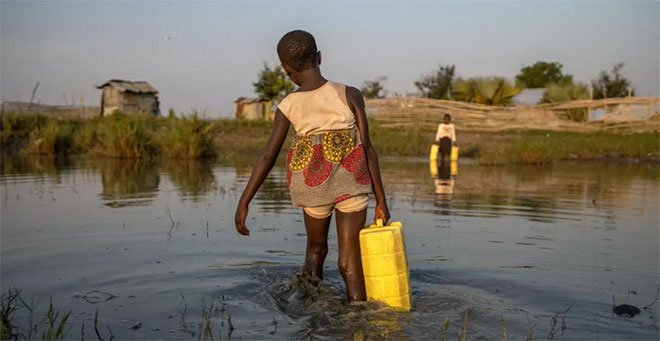By Admin,James Tabafunda
Copyright nwasianweekly

By James Tabafunda
NORTHWEST ASIAN WEEKLY
Seattle’s Little Saigon, a historic segment of the Chinatown-International District (CID), faces mounting crises of drug-related crimes, public safety threats, and entrenched homelessness that threaten the character of the neighborhood. Razor-wire fences and blocks of vacant storefronts replaced generations of shoppers and diners.
“All you have to do is pass by 12th and Jackson to look at what’s going on there,” said David Della, a former Seattle City Council member and Rotary Club president. “They’re feeling helpless and hopeless because they’ve been talking to the city, county, and state for many years.”
Leadership calls for bold action
Sharon Lee is the executive director of the Low Income Housing Institute (LIHI), a Seattle nonprofit founded in 1991. For more than three decades, LIHI has helped shape Seattle’s solution to homelessness, including popularizing the “tiny-house village” model now copied across the country. With master’s degrees in city planning and architecture from the Massachusetts Institute of Technology, she has long been a proponent of the model in debates about alternatives to traditional shelters for people transitioning out of homelessness.
This summer, she created a comprehensive 15-point plan—currently in draft form—aimed at reversing the decline of Little Saigon.
“The community has a plan. They’re asking the government to step up and take some action, do their part in alleviating those problems in Little Saigon,” Della said. “We’re tired of what’s going on down there, and we can only go so far as a community. The government has to step up. That’s all they’re asking for.”
A neighborhood at risk
Little Saigon was once alive with grocery stores and small eateries. But its decline has been accelerated by systemic decisions and deteriorating urban dynamics.
Some often cite the routing of Interstate 5 through the area in the 1960s, dividing neighborhoods. Encampments emerged nearby, including “The Jungle,” which became synonymous with addiction and criminal activity.
“From there, illegal activity spilled into 12th and Jackson, devastating Little Saigon and the CID,” said Tanya Woo, a former Seattle City Council member and longtime community advocate.
Today, the area has one of the city’s highest concentrations of visible drug use and unregulated, illegal vending.
Solving homelessness with $20 million
Central to the proposal is a request for $20 million in emergency state funding, with supporters urging Gov. Bob Ferguson to include the measure in Washington’s 2026 budget.
“The whole idea is that we want the funds available, and we want the initiatives available so that this year and next year, this can be implemented,” Lee said.
Della said, “The whole point of the $20 million is that it’s not going to solve the problem. What it will do is it’ll take us closer to finding some action that helps resolve the problem.”
“This funding is about correcting historic injustices and giving the CID and Little Saigon the safe, thriving public spaces they deserve,” Woo said. “If the city, county, and state can work together as one unit towards this common goal, we can move the needle.”
The core of the plan
Lee’s 15 recommendations emphasize long-term investment, immediate intervention, and collaboration. Among them:
Establish a Community Safety and Service Office at the intersection of 12th Avenue South and South Jackson Street to enhance coordination among police, outreach workers, and safety ambassadors.
Shut down illegal street vending deals that serve as hubs for stolen goods.
Provide economic assistance to small businesses impacted by crime and decreasing foot traffic.
Coordinate with organizations such as Friends of Little Saigon (FLS) and the Seattle Chinatown International District Preservation and Development Authority on public space improvements.
Expand housing by adding six tiny-house villages or shelters, compared with just two funded by the city this year.
“Housing is really at the heart of this,” Lee said. “People are transformed just by living in a tiny-house village. There’s a sense of community, wellbeing, and mutual support.”
Proposed housing sites include Olympic Hills in Lake City, Aurora Avenue North, and Tacoma. Lee pointed out that the villages are designed not only to shelter people but to rebuild the community.
“People are transformed just by living in a tiny-house village,” she said. “There’s a sense of community. There’s a sense of wellbeing. People look out for each other.”
Each tiny house measures about 120 square feet, equipped with heat, a locking door, and access to communal kitchens, bathrooms, laundry facilities, and showers. Case managers work on-site to help residents obtain IDs, apply for jobs, access health care, and connect to benefits programs.
“Traditional shelters have a much lower success rate of moving people into housing, sometimes as low as 15 or 20%,” Lee said. “Tiny houses are in high demand.”
The King County Regional Homelessness Authority (KCRHA) reported in 2024 that 46% of people exiting city-funded tiny-house programs secured permanent housing, while only 4% returned to homelessness within six months—significantly stronger findings than conventional shelter systems.
Learning from past efforts
The call for $20 million follows one of Seattle’s biggest public-private homelessness efforts.
Partnership for Zero, a collaborative effort to reduce homelessness in downtown Seattle and the CID, launched in February 2022 with more than $10 million in funding from a group that included Ballmer Group, Alaska Airlines, Costco, Nordstrom, Russell Investments, and the Seattle Foundation. Led by the KCRHA, the initiative coordinated system advocates and caseworkers to connect people living without shelter to housing and services.
The program housed about 230 people before ending in September 2023. Despite this total, it fell short of its goals.
The KCRHA’s 2024 “Point-in-Time Count” reported a 26% increase in homelessness from 2022 levels, with highly visible tent encampments leading to rising public skepticism.
Community efforts already underway
Community groups have been implementing small-scale revitalization projects. Last July, FLS marked 100 days of its Phố Đẹp (Beautiful Neighborhood) initiative, aimed at basic but important improvements: sidewalk repairs, tree planting, safer crosswalks, and drainage systems.
The Interim Community Development Association has a plan to transform state-owned land beneath I-5 between South King Street and South Jackson Street into a park, “… while community members have proposed amenities like a skate park or dog park on nearby state-owned land,” Woo said.
“The community is finally now standing up with the help of the Rotary Club,” said Della. “We’re trying to help the community exert its voice to say, come on, this problem is a problem that’s been here for a long time. We need some action down here.”
Restoring public safety
Public safety remains the most urgent issue for businesses trying to operate and survive in Little Saigon. Lee said street sales of stolen goods fuel the broader drug economy.
“People are shoplifting and bringing stolen goods to Little Saigon to sell for cash to buy drugs. Why isn’t the Seattle Department of Transportation here? They’re the ones who are supposed to tackle street vendors,” she said. “There is no enforcement.”
Among Lee’s recommendations is equipping business owners with security cameras and training to coordinate with law enforcement. By matching illegal street vendors to surveillance video, residents hope to deter buyers and disrupt the cycle of theft.
The stakes ahead
Lee’s plan arrives at a critical moment. Seattle is preparing for the arrival of international visitors and global attention in 2026, when FIFA World Cup soccer matches will be played at Lumen Field, just blocks from Little Saigon. The district’s supporters worry that without immediate intervention, Little Saigon’s current condition and problems will be on display before an international audience.
“Ideally, it (implementing all 15 steps) would be done before the FIFA World Cup,” Lee said. “Can you imagine going by the site like that and say, ‘Yeah, this is how we take care of our community?’”
Woo added that repairing harm caused by past state infrastructure choices must be part of current conversations. “The state bears responsibility for the conditions we see today because it cut I-5 straight through our neighborhood, creating zones where encampments like “The Jungle” took root,” she said. “From there, illegal activity spilled into 12th and Jackson, devastating Little Saigon and the CID.”
Looking forward
Seattle officials have not yet formally endorsed Lee’s 15-step plan. But community leaders say the urgency of the crises, combined with the evidence supporting tiny-house villages and coordinated outreach, makes the plan one of the most detailed solutions yet.
For Lee, the path forward is clear: sustained investment, real collaboration and official recognition that restoring Little Saigon is as much about cultural preservation as public safety.
Lee described Little Saigon, saying, “It’s not just an Asian [community]. It’s also Native American, Black. It’s a community that should be preserved, and it’s getting destroyed.”
For more information about the Low Income Housing Institute, go to www.lihihousing.org.



